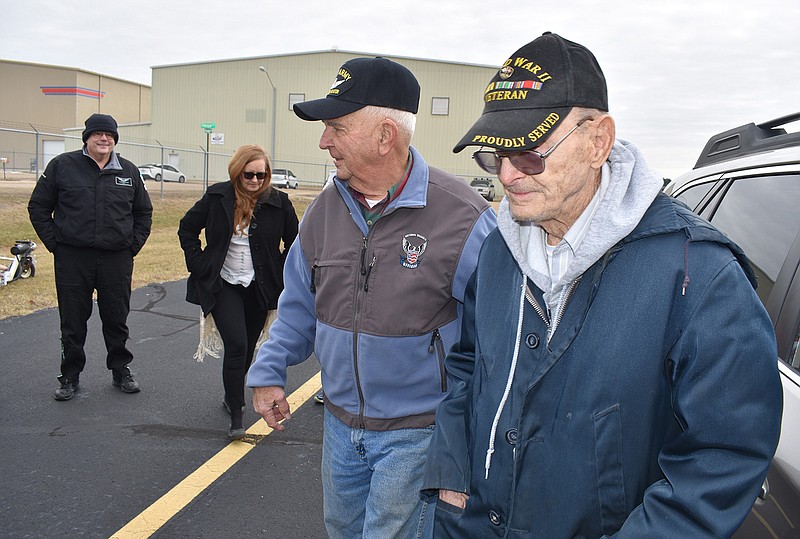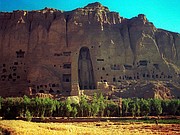For the first time in 65 years, Owen Brainard, 92, of Elwood, Neb., cruised in a helicopter Wednesday with the help of his co-pilot, Don Ruggles of Texarkana, Ark.
Ruggles, 82, owns a helicopter service in Texarkana and invited Brainard to visit and fly his helicopter. The men were introduced to each other during a hunting trip a couple of years ago in Nebraska. The family made a trip to Texarkana and visited Wednesday with Ruggles, who arranged a helicopter flight for Brainard over Texarkana.
The LifeNet helicopter crews helped Ruggles to remove the helicopter from a hanger. The LifeNet crew also gently loaded the 92-year-old Brainard into the co-pilot seat.
Brainard was a helicopter pilot during the Korean War in the early 1950s.
He flew medevac missions, sparing seriously wounded soldiers punishing ambulance trips over Korea's rugged terrain. The helicopters during the early 1950s were also able to speed up transporting wounded soldiers and civilans to hospitals.
The helicopter Brainard piloted could carry eight wounded people or nine armed soldiers. The speed of the helicopters were controlled by the weight of weapons and ammunition onboard.
Brainard also flew the wounded-both military and civilian.
"We flew everyone the colonels told us to fly," he said.
Ruggles was also a military helicopter pilot with medical missions in the U.S.
Ruggles is the owner of Helicopters Southwest of Texarkana, Ark., and worked for FEMA, the U.S. Army Corps of Engineers, the EPA and law enforcement agencies in the aftermath of Hurricane Katrina in 2005. He flew rescue missions documenting the damage and problem areas for the federal agencies in the aftermath of Hurricane Katrina.
Ruggles gave Brainard a quick refresher flying lesson about noon Wednesday and the men were cruising between storage buildings, over the airport, over Stateline and the country landscape.
Brainard wasn't married during the Korean War and that seemed to qualify him to be given the more dangerous medical transfer assignments.
If a pilot was married and had a family, he was shielded from the more intense flights, he said.
"I was never shot down and I never crashed," Brainard said.
He was ordered to fly missions in every kind of weather condition.
"I flew at night, bad weather, and in blizzards," he said.
He also mentioned some pilots before a mission would partake of a tradition of drinking liquor, which cost 47 cents a bottle.
During the Korean War, the Danish government undertook the refitting of Jutlandia as a modern hospital ship, and Brainard flew the badly wounded to the Jutlandia hospital ship, landing on the small circle target at the back of the ship.
"I landed in a round circle on a moving ship," he said.
The ship had four operation theaters, four hospital departments with up to 356 beds, X-ray eye and dental clinics as well as laboratories, dispensary and special departments.
Ruggles praised Brainard in his ability to remember how to fly.
He lowered the Ruggles helicopter to within a couple of feet above the ground and then turned it sideways to touchdown at the corner of the storage buildings.
"It's been 65 years since he has flown a helicopter and today he did just fine," Ruggles said.


